Intro
Like many of the feral horses found in the US, Santa Cruz Island Horses are the feral descendants of domestic animals brought to the island.
Read more
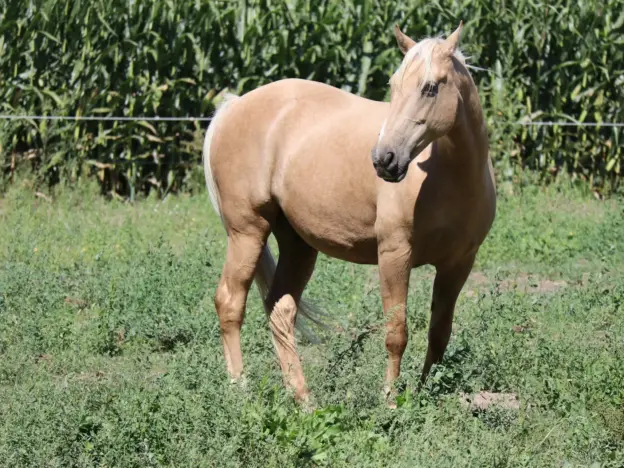
Like many of the feral horses found in the US, Santa Cruz Island Horses are the feral descendants of domestic animals brought to the island.
Read more
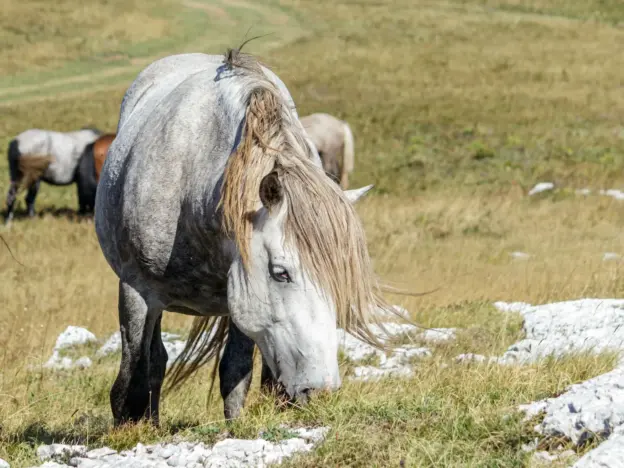
The feral horses of Livno come from farm animals released into the wild, today they are protected by law and part of the areas rich history.
Read more
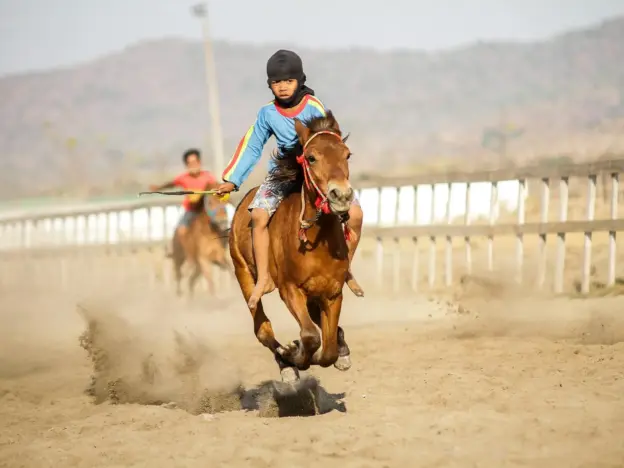
Bred almost exclusively for racing the Indonesian Race Horse is a cross between local Sandalwood Pony crossed with Thoroughbred.
Read more

A light riding horse from Afghanistan, the Qazal is not an actual breed but more a type of horse found in the country. The word for Afghan horses with a light coat is qazal, so this type is known for their coloring.
Read more
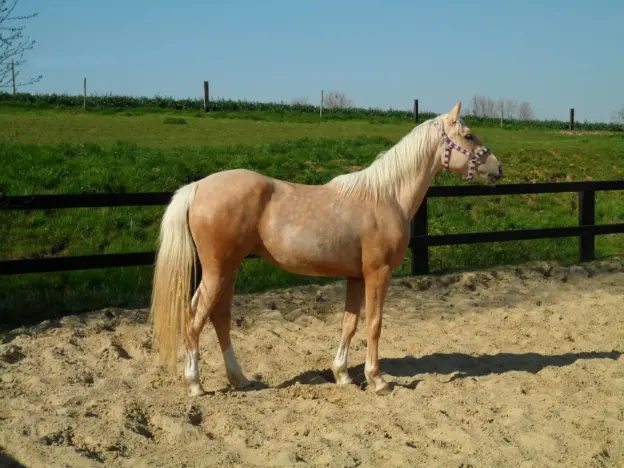
The Palomino is a color breed and therefore the animals are registered based on possessing specific coloring, rather than physical characteristics.
Read more
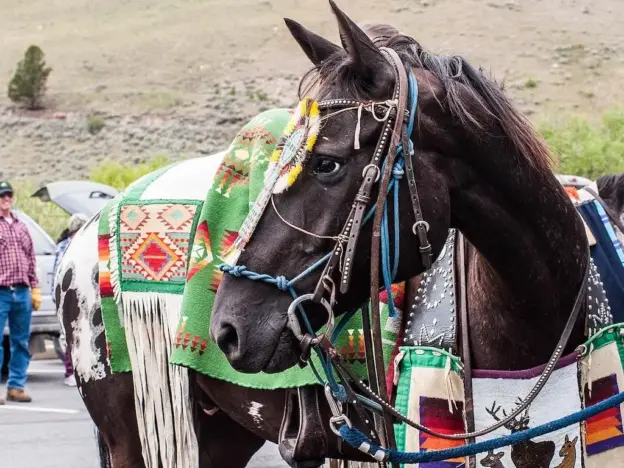
Although spotted horses have been documented in Europe and Asia for centuries, North American spotted horses were developed by the Nez Perce Indians in mid-18th century Oregon, Idaho and parts of Washington.
Read more
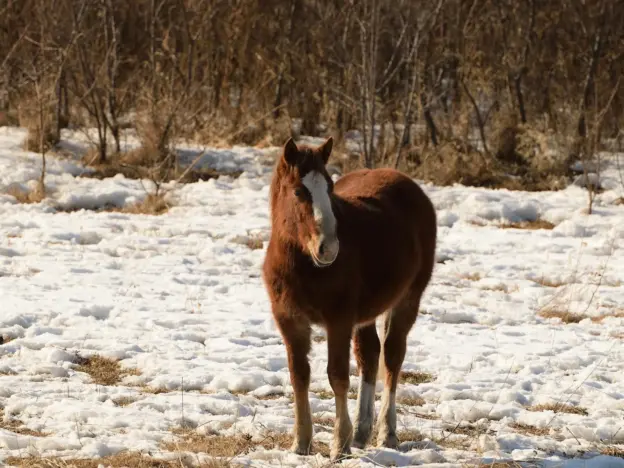
The Minusin breed is similar to many of the steppe breeds, having been shaped by life on the steppes. However these animals tend to be more robust and imposing in stature. According to the DAD-IS this breed is extinct as of 2006.
Read more
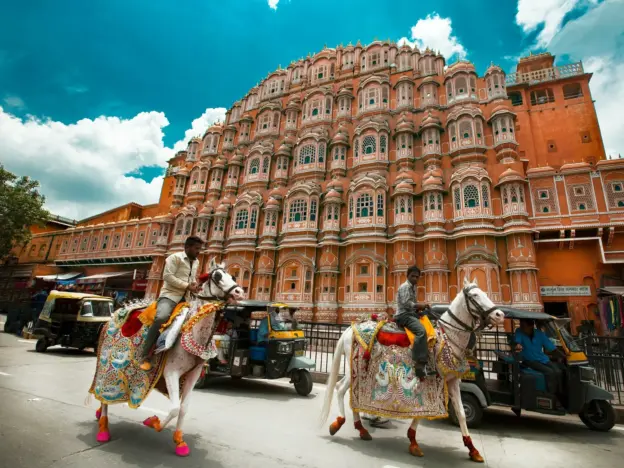
The Marwari Horse comes from India and is perhaps best known for their ears which point inwardly often until they touch or overlap. This is generally a sign of pure blood.
Read more
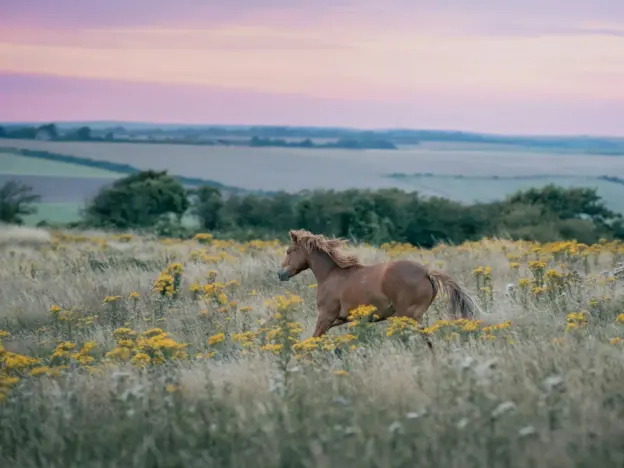
The Lundy Pony is named for the isle of Lundy in the Bristol Channel of England. There are no horses native to the cluster of islands there, so this breed was developed by the last private owner of Lundy Island.
Read more
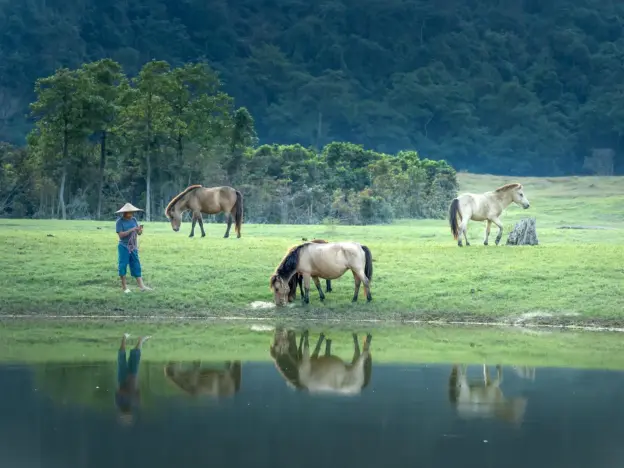
The small Hmong Horse is native to Vietnam and although they are very small, the have no problem bearing the weight of a full-grown man.
Read more